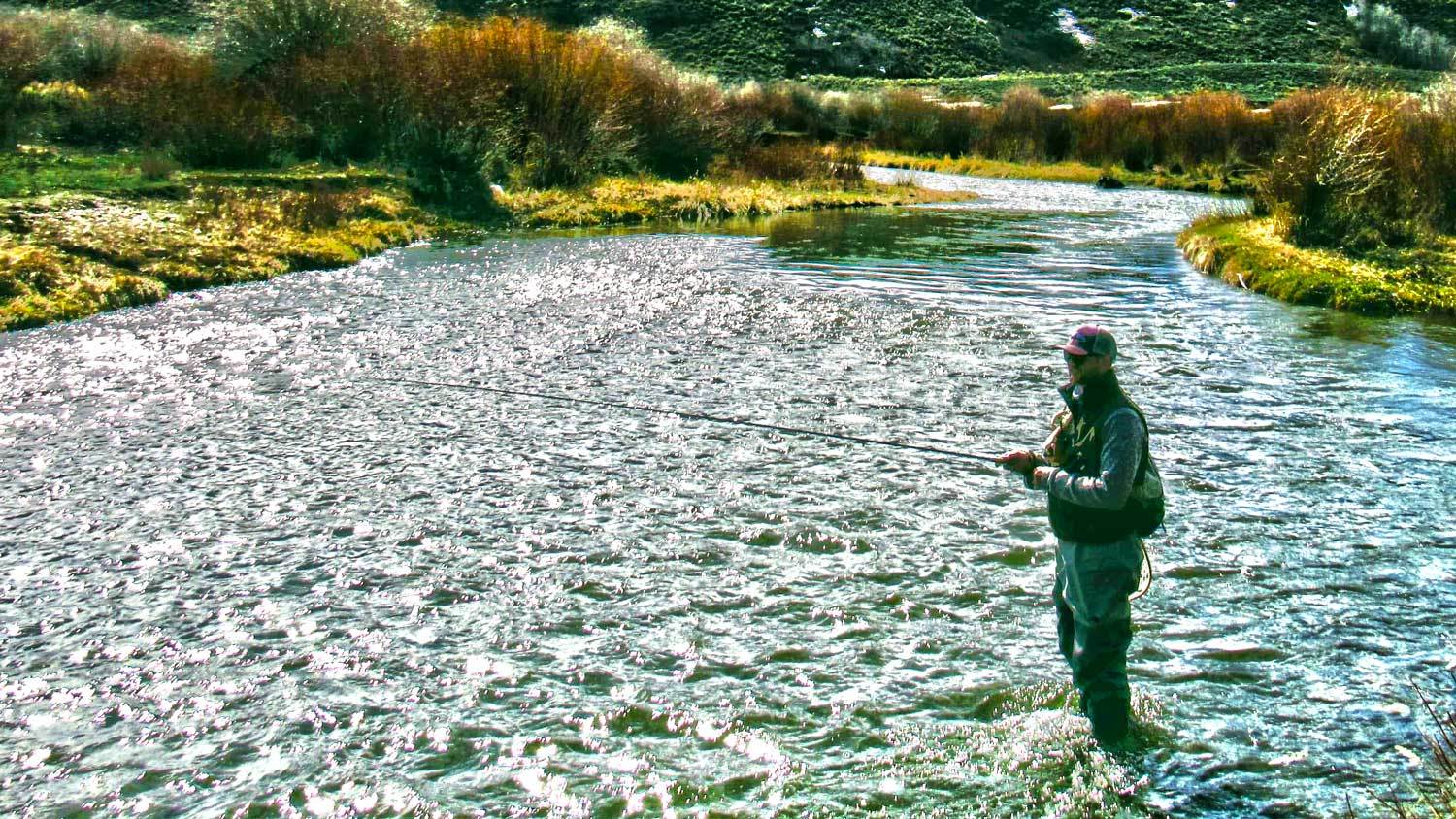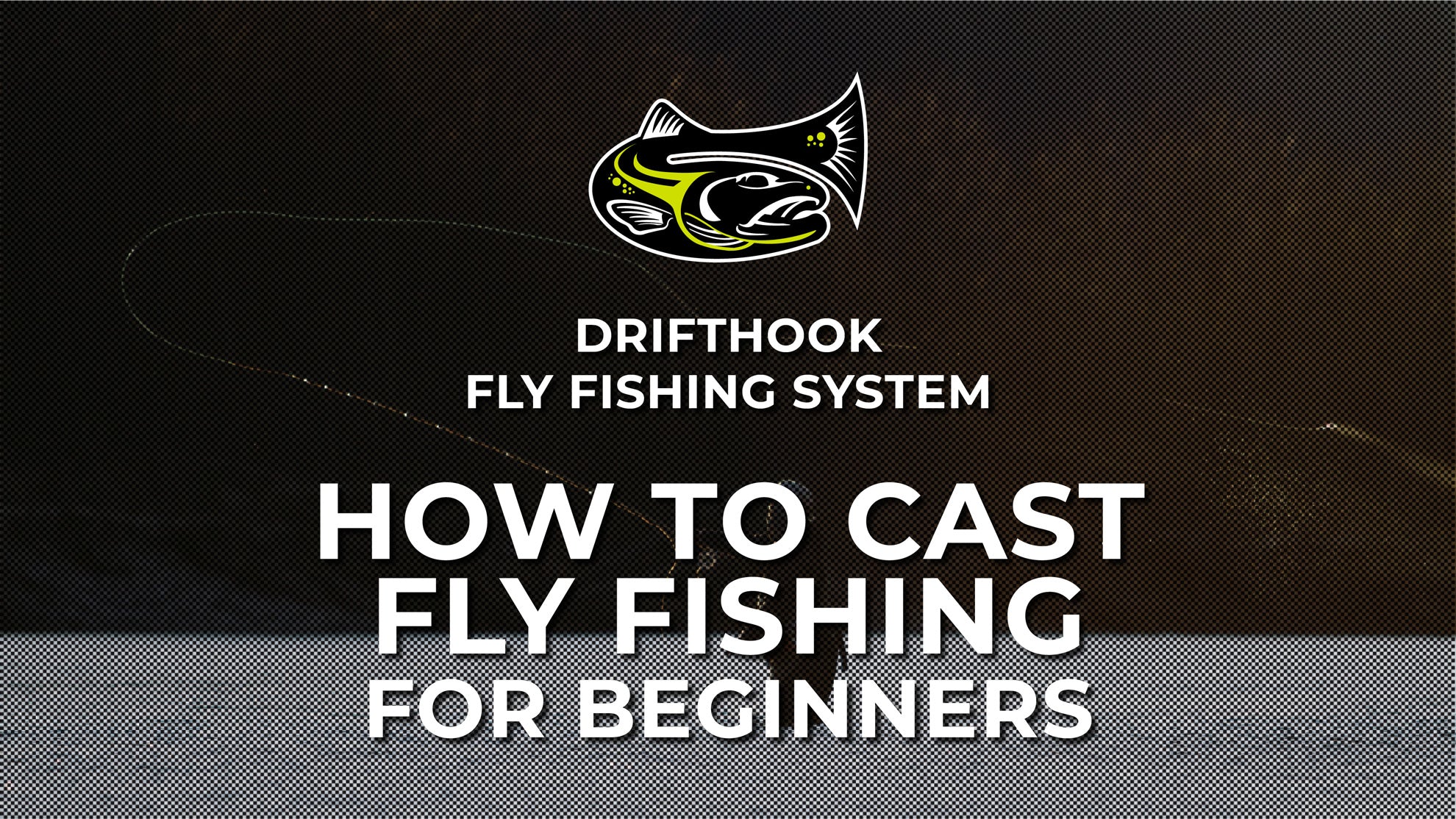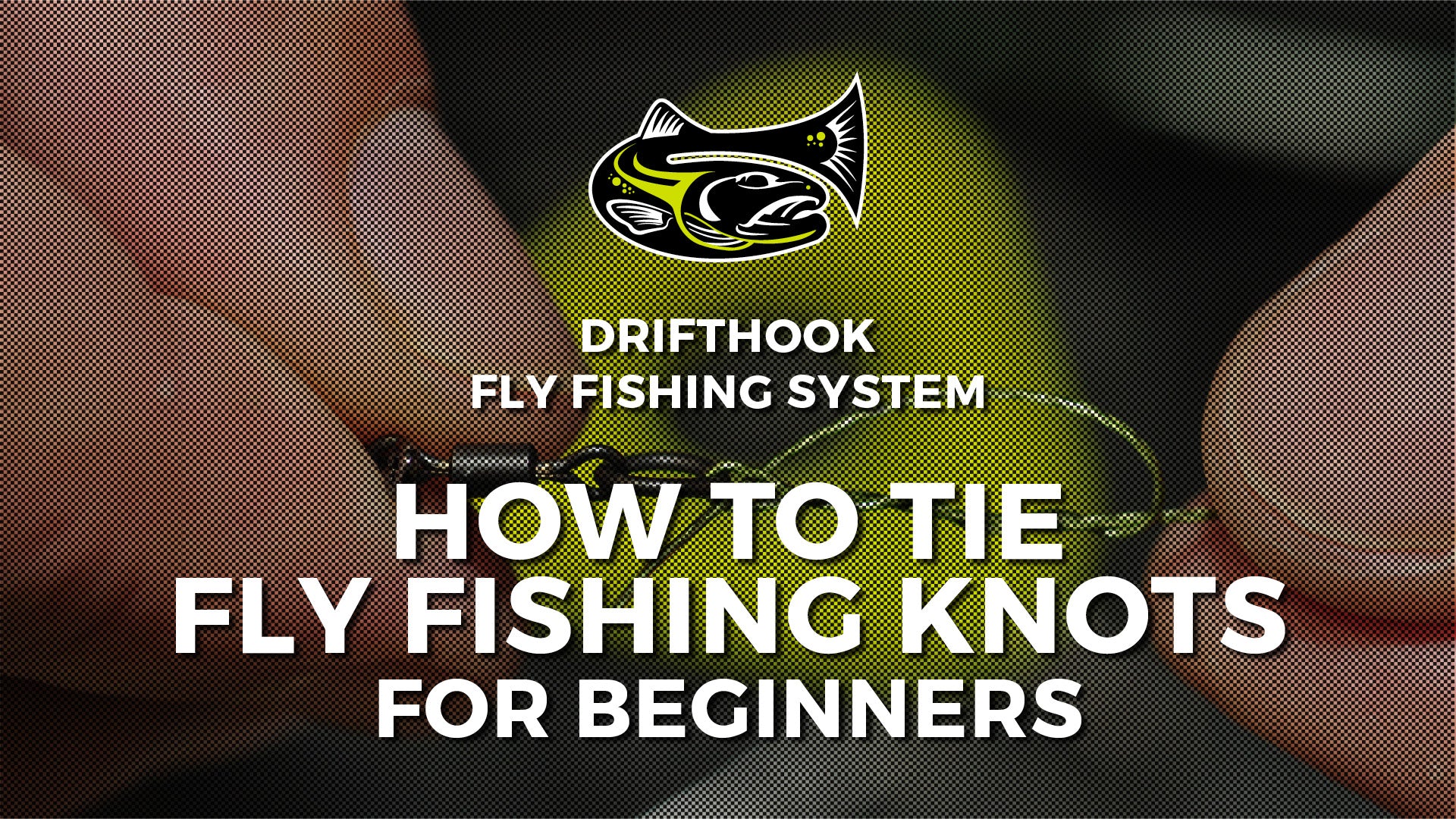
Fly fishing is one of the most popular and enjoyable pastimes in the world and something that is enjoyed in almost every country. It can be both relaxing and exciting pursuits, and the number of people fishing in the world is growing with every passing year. Trout fly fishing is a common type of fly fishing that involves using an artificial fly in order to attract and catch the numerous species of the salmonid family.
Anglers have been fly fishing for centuries, and it is a style of fishing that is about the casting technique of the fly line, due to the lightweight nature of the rod and the artificial fly. Fly fishing can be enjoyed in freshwater or saltwater, still water or rivers and its tributaries. Here are 10 essential tips to help you improve your fly fishing casting right now.
1. Understand the Rod
The first and most important part of the process is to make sure you understand the rod. You can't hope to master fly fishing unless you can understand the function of your rod. Remember, the rod will do the work for you, so it is essential that you learn how to hold and move the rod during the casting process. This can make all the difference when it comes to improving your technique and getting the best possible outcome. Watch this short video on casting techniques to help you with your presentation.
2. Take Your Time
As with anything new, it is important to make sure you take your time to perfect your presentation. A lot of people who take up fly fishing for the first time seem to want to ace it the first time of asking, but it's not this simple. Learning a skill like this takes time, and you need to be sure you take the time to learn this and get it right. The more you rush, the more frustrated you are going to be that you aren't getting it. Slow down, focus on what you need to do, and work at it until you notice an improvement. If you find yourself rushing, then it's essential to take a deep breath and try to go as slow as you can.
3. Practice Good Line Management
One of the essential tips to keep in mind here is the fact that you need proper line management. Knowing how to hold and control the line, as well as when to lengthen or shorten the line, is essential when it comes to perfecting your casting. Your hands need to work together to ensure that you have the very best line management you possibly can. Eventually, this will become natural and will almost be like muscle memory. Once you manage the line effectively, your hands will start to work together effortlessly, and you won't even need to think about it. Good line management leads to a good presentation. Check out this video on presentation tips and techniques.
4. Rod Action is Necessary
Don't forget that a fly fishing rod should flex. Flexing is a good thing. The amount of flex that a fly fishing rod has is called the rods ACTION. A fly rods action comes in 4 different levels of flex. Fast-Action, Moderate Fast, Moderate and Slow. Fast Rod Actions are built to have the least amount of flex where slow action rods have the most. Below are the benefits and cons of each.
FAST-ACTION ROD
IDEAL FOR
- Larger fish
- Long casts
- Cutting through the wind
MODERATE-FAST ACTION
A moderate-fast-action rod offers the right mix of performance and versatility.
GREAT FOR
- Dry flies and nymphing
- Works great in the wind
- Flex will help play the fish without losing your fly

MODERATE ACTION
It is flexible but also has the right amount of stiffness. The rod will bend on the top half of its length and remain stiff on the lower half.
This will help improve the accuracy of your casts because it follows the natural timing of the arm action of a beginner fisherman.
GREAT FOR
- Beginner Fly Fisherman
- Improved Accuracy

SLOW ACTION
A slow-action rod is modeled after the original bamboo fly rods. They were built for accurate short casts that easily hit the water, especially small rivers and streams. They are flexible throughout the entire shaft, making them ideal for using small dry flies and nymphs.
Choosing the correct rod action can make a massive difference to helping you get the right outcome moving forward.
GREAT FOR
- Accurate short casts
- Small rivers and streams
- Ideal for small dry flies and small nymphs

4. Backcast Matters
So many fly fishing beginners spend so much time on their front cast that they forget entirely about the backcast. The backcast is essential because this is what builds the load in the fly rod to help and propel the fly forward. If you don't get your backcast right, you're going to find your fly will travel out as far as you might need it to hit your designated target. The backcast is what starts the motion for everything else, so take time to work on this more than you would think to help you get an accurate presentation.

5. Practice Makes Perfect
As with anything in life, you are going to need to practice if you want to get better. You can't expect to cast perfectly on the first go, and you shouldn't be giving up after a couple of tries. Casting is something that will take time to get right, and there are a lot of factors that play a big part in helping you get better at casting. But, fundamental to all of this is making sure you practice as much as you can. Once you know what you need to do to cast, it is merely a matter of trying until you get it right. Perfecting one's cast might take a bit of time, but it is going to be worth it when you are looking to get better. If your not comfortable on the water, practice in your backyard or at a park. The art of casting is just as fun some times as the art of catching!
6. Length of Line Equals Length of Stroke
When you are looking to make the right decision to help you cast better, one of the critical things to keep in mind is that there is a direct correlation between the length of the line and the length of the stroke. The basic rule among anglers is 'short line, short stroke, long line, long stroke.' Making the right adjustment so that your stroke length matches your line length is the key to making sure you cast effectively and get the best out of the process. If you want a great tip to improve your cast, this is the key lesson that you need to learn when it comes to making the right cast.
7. Buddy Up
If you are a little unsure about what you're doing, or you need a bit of inspiration, you should look to buddy up wherever possible. Finding a friend to critic your cast is always great to help you work on your technique and become better at the process. If you have a buddy with you, then you can work on how to improve each other's cast, as well as finding out what you are doing wrong and how you can grow in the right way.

8. Work on Your Loop
The loop is the key to the entire casting process, and you must do what you can to get this right. Having the best possible loop can help make all the difference when it comes to casting better, and getting the fly to land where you want it. You need to do as much as possible to ensure you get the loop right, and this means practicing it as much as possible. But you also need to understand how the perfect loop should look and work on trying to produce this as much as you can.
9. Film Yourself
It can be a handy idea to film yourself and make sure you watch the tape back afterward. You need to make sure you study your technique and the way you cast, and that way, you can determine what you are doing well and what you need to work on. You might be surprised by how effective this can be, and you will be able to analyze the way you are casting and work on improving it. Set up a camera on a tripod, and make sure you stand where the camera can film your technique as well as possible, then start spending some time casting so the camera can capture as much as possible.
10. Listen and Learn
Do what you can to pay attention, to listen, and to learn as much as possible from others. So many people forget about the importance of listening to things like this. Just because you may have been fly fishing a couple of times, don't assume you know it all. Make sure you listen to those more experienced than you, absorb what they say, and understand how this can help you get better.
There are a few different techniques you can try, as well as tips you can use to help you improve the way you cast, and how to get the most effective motion you can. These are tips designed to help you make the most of the most of this right now, and enjoy catching more as a result.
For further information on basic casting check out our video to get you started.
About the Author
Matthew Bernhardt, a third-generation Coloradan, grew up at the forefront of the state’s fly-fishing revolution, enjoying time on the water side by side with experienced guides and lifelong anglers.
By combining his passion for fly-fishing with input from other experienced fly-fishers and guides and his fine arts degree from Colorado State University, Matthew spent five years carefully developing the Drifthook Fly Fishing System, built to help every angler catch more trout.
When he’s not spending time with his wonderful family, you’ll find him out on the water catching MONSTER trout, and he anxiously looks forward to the day when his kids are old enough to join him there.





1 comment
Jeff
Great article on 10 Fly Fishing Casting Tips for Beginners.
These tips can also be used to fine tune ones current techniques and correct some bad habits!!
Great article on 10 Fly Fishing Casting Tips for Beginners.
These tips can also be used to fine tune ones current techniques and correct some bad habits!!